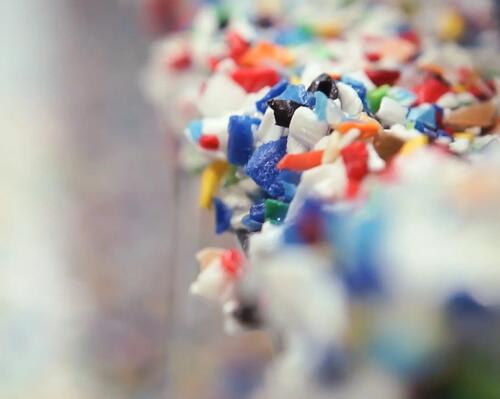Why are we talking about it?
The presence of lead in inner tubes is not new (and it is the case for the vast majority of inner tubes on the market). If lead is a problem today, it is because we are witnessing a desire to revalue materials as best as possible. No, our planet is not extensible, it is well and truly limited in resources. It is then a question of limiting the extraction (then the burying) of raw materials.
In parallel, there is the will to recycle inner tubes. And there... it's a problem not foreseen in the initial specifications of an inner tube that arises: by recycling them into a belt or a bow tie, the contact time with the skin has nothing to do with the initial use.





